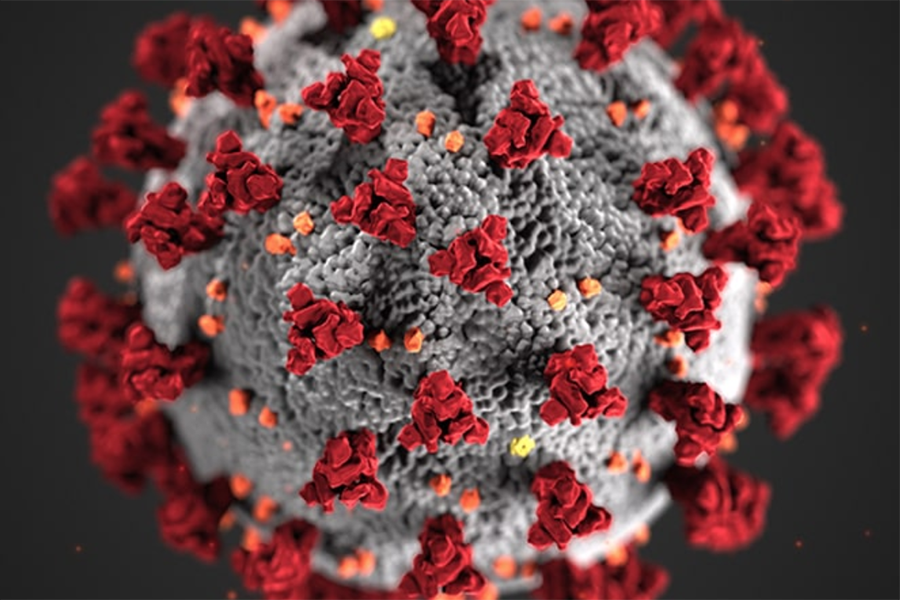
Fighting COVID-19
By Madison Brewer
Media InquiriesAmid the current coronavirus pandemic, researchers in every field are looking for ways to pitch into the effort to understand and fight the virus’s spread. To support them, the National Science Foundation (NSF) is awarding one-year grants through its Rapid Response Research (RAPID) program.
Osman Yağan, associate research professor in Carnegie Mellon’s department of electrical and computer engineering, and Princeton’s Vincent Poor were awarded an NSF RAPID grant for applying their work on modeling disease spread to COVID-19. In a recently published paper, the pair modeled how mutations play into the spread of a virus. Now, they are looking to model how public health measures, such as social distancing and travel bans, will affect the spread of COVID-19.
In their previous paper, Yagan and co-researchers (including Vincent Poor, Kathleen Carley of ISR/CMU, and Yağan’s former Ph.D. students, Rashad Eletreby and Yong Zhuang) developed a new model to study the spread of a virus that could mutate into different strains, each with a different transmission rate. They established results on important quantities such as the likelihood of a virus infecting a large portion of the population and the expected number of cases. Here, they showed that mutations, specifically changes in transmission probability, play a large role in how diseases spread.
When someone chooses to social distance or wear masks, like the CDC recommends, they are reducing the likelihood they will contract or spread the disease. People that ignore these public health measures are more susceptible to catching and spreading the virus. Yağan said each group of people could be considered to be carrying difference strains of the virus—the difference being transmission probability.
“We believe that there is some similarity between ‘a virus mutating and becoming less easy to infect individuals’ and ‘people being careful about social-distancing and thus becoming less easy to get infected,’” Yağan said. “The analogy here is strengthened by the fact that those who do not obey social-distancing are more likely to infect each other (a la carrying a second-strain of the virus) than those who are obeying the guidelines.”
Comparing models with and without public health measures will allow them to see which ones are effective, and just how effective they are. Yağan hopes their model will help inform public health officials as they decide what measures should be put in place to protect their communities from the virus.
Furthermore, they hope to understand the transmission of the virus. Yağan and Poor plan to simulate a “worst-case scenario”—one where the virus becomes much better at spreading—to help authorities plan to prevent such a case. They also plan to explore what effect travel bans and seasonal weather changes could have on the virus’s spread.
Yağan and Poor expect to have results from their model in the next several months.